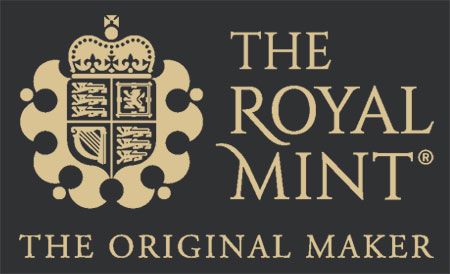The manufacturing process combines traditional techniques with meticulous craftsmanship to create a variety of metal threads, including smooth purl, rough purl, pearl purl, and bullion.
The production begins with the selection of metals such as gold, silver, or copper. These metals are drawn into fine wires by passing them through dies to achieve the desired thickness. The wires are then flattened using specialized machinery, which adjusts tension and thickness through manual settings, often involving weights.
For threads like passing thread, a core material—typically silk or nylon—is wrapped with the flattened metal wire. This wrapping is performed on machines that have been in use for decades, requiring skilled manual adjustments to ensure precision.
In the creation of purl threads, the metal wire is coiled into a spring-like shape by winding it around a needle or rod. This process, known as “purling,” results in different types of purl threads, such as smooth purl and rough purl, depending on the specific techniques and tools used.
The machinery employed in these processes is notably traditional, with some equipment being over a century old. The process of metal thread making is deeply rooted in traditional methods, requiring a high level of skill and attention to detail to produce threads that are esteemed by embroiderers worldwide.






